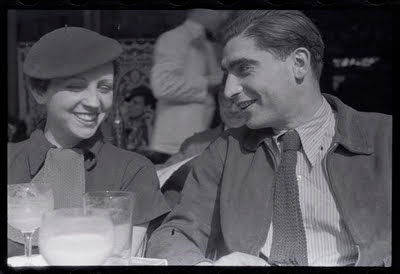Joan Fontcuberta, from Lens Culture

Joan Fontcuberta http://www.lensculture.com/audio.html Discusses image-making, the role of photography, media, reality – and propaganda. Excerpt: I am a Spaniard. I was born in 1955, and this means that for the first 20 years of my life I was suffering under dictatorship in my country: lack of information, propaganda, censorship. So this probably created a sense of fighting against the rules – of distrusting the official media. To be skeptical regarding how the authority, the power, was distributing messages and information. I think that my work is a sort of rebellion against repression, against this lack of freedom, against this lack of democracy, against this authority. I’m anti-authoritarian in my work. I try with my work to discuss the concept of truth, the concept of credibility – which is inherent in photographic messages. The heart [of my work], the quintessential, remains the questioning of photographic truth. Be careful, be





